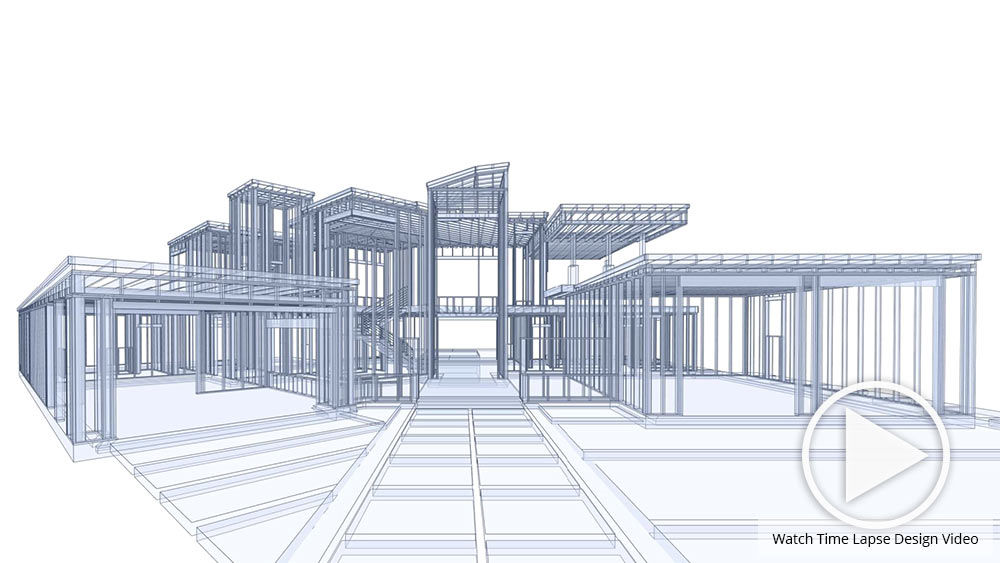Just How CDA Architects Supply Cutting-Edge Solutions for Lasting Design
Just How CDA Architects Supply Cutting-Edge Solutions for Lasting Design
Blog Article
The Effect of Technical Advancements on the Design Practices of Contemporary Architects
The quick evolution of technical tools has actually considerably improved the design landscape for modern designers, promoting unmatched levels of advancement and sustainability. Checking out these dynamics reveals a nuanced interaction in between technology and conventional style techniques, prompting a more detailed exam of what the future holds for building techniques.
Advancement of Architectural Equipment
How have building tools changed the style and building processes over the centuries? The evolution of architectural tools has substantially impacted the performance, accuracy, and imagination of layout and construction.
With the arrival of the Renaissance, the introduction of the compass and the protractor noted a pivotal shift. These devices enabled engineers to achieve greater accuracy in their layouts, helping with the development of even more intricate and proportional structures. The Industrial Revolution better reinvented architectural exercise with the introduction of mechanized devices and materials, permitting bigger and much more enthusiastic jobs.
In the 20th century, the development of computer-aided layout (CAD) software application changed the landscape once more, giving designers with extraordinary abilities in modeling and visualization. Today, progressed tools such as Structure Info Modeling (BIM) and parametric style software application remain to press the limits of architectural technology, enabling a more incorporated technique to style and construction procedures.
Improved Cooperation in Design
As technology continues to evolve, boosted cooperation in layout has come to be a keystone of contemporary building technique. The combination of electronic devices such as Structure Information Modeling (BIM), cloud-based platforms, and advanced visualization software application has changed the means engineers, designers, and stakeholders connect throughout the layout process. These devices promote real-time communication, allowing teams to share concepts, adjustments, and comments promptly, no matter of geographical place.

Additionally, interdisciplinary partnership has actually been structured via these technical improvements, enabling designers to function much more carefully with other specialists, such as city coordinators and environmental consultants. The outcome is an extra cohesive method to create that thinks about different perspectives and know-how. Eventually, boosted partnership in layout is not just a trend; it is necessary for developing innovative, practical, and aesthetically pleasing architecture in a progressively intricate world.
Sustainability Through Innovation
Sustainability in design has actually progressively become linked with technical technology, driving the industry toward ecologically liable techniques - cda architects. Contemporary architects are leveraging advanced modern technologies to decrease ecological influence while enhancing the performance of buildings. One famous instance is using Structure Information Modeling (BIM), which allows for accurate planning and source appropriation, reducing waste throughout building and construction and advertising power effectiveness throughout a structure's lifecycle
Additionally, smart products and energy-efficient systems are being integrated into designs to optimize source use. Technologies such as solar batteries and environment-friendly roofing systems harness eco-friendly power sources, adding to lowered carbon footprints. In addition, the application of man-made knowledge in design processes allows designers to simulate and assess energy consumption, leading decisions toward even more sustainable end results.
The assimilation read the full info here of sustainable innovations not just straightens with international ecological objectives but additionally meets a boosting demand from customers for eco-friendly services. As designers welcome these technologies, the focus shifts towards developing rooms that are not just cosmetically pleasing but additionally functionally lasting, therefore redefining the standards of modern architecture. In this means, technology acts as a catalyst for sustainability, enabling designers to develop structures that respect and improve the all-natural setting.
Challenges in Implementation
While technological advancements in design hold fantastic assurance for improving sustainability, their execution often comes across significant challenges - cda architects. One primary challenge is the high understanding contour related to brand-new innovations. Engineers and building professionals might require substantial training to successfully make use of sophisticated software and devices, which can postpone job timelines and raise costs
Additionally, the combination of emerging technologies, such as Building Information Modeling (BIM) and lasting products, often necessitates partnership across multidisciplinary groups. This collaboration can be hindered by distinctions in proficiency, operations, and interaction styles, resulting in prospective problems and inadequacies.
Financial restraints better complicate the adoption of innovative innovations. Several architectural companies, especially smaller ones, may do not have the sources to purchase cutting-edge devices, limiting their ability to compete with larger firms that can pay for such investments.
Additionally, regulative check this structures and building ordinance may not maintain pace with technological improvements, developing ambiguity and prospective conformity concerns. This challenge can inhibit designers from totally embracing new technologies, as the risk of non-compliance may surpass the benefits. Dealing with these execution obstacles is crucial for the effective assimilation of technical improvements in contemporary building methods.
Future Fads in Architecture
The challenges linked with the implementation of brand-new innovations in design have motivated a reevaluation of future trends within the market. As architects browse concerns such as sustainability, urbanization, and social equity, they are increasingly taking on ingenious innovations to improve style performance and environmental performance.
One famous fad is the integration of fabricated knowledge (AI) in the layout procedure. AI tools can assess substantial datasets to educate layout choices, boosting both creative thinking and capability. Structure Info Modeling (BIM) proceeds to develop, making it possible for real-time partnership amongst stakeholders and helping with structured project management.
Lasting layout techniques are also obtaining momentum, with engineers focusing on flexible reuse and regenerative layout concepts that reduce source usage and waste. The unification of clever products and renewable resource resources will certainly further boost the strength of structures despite environment change.

Verdict
Technological developments have actually substantially reshaped building design methods, helping with boosted accuracy, cooperation, and sustainability. The combination of devices such as Structure Information Modeling and parametric style software, along with artificial intelligence and smart products, equips engineers to resolve complicated challenges a lot more efficiently.
Report this page